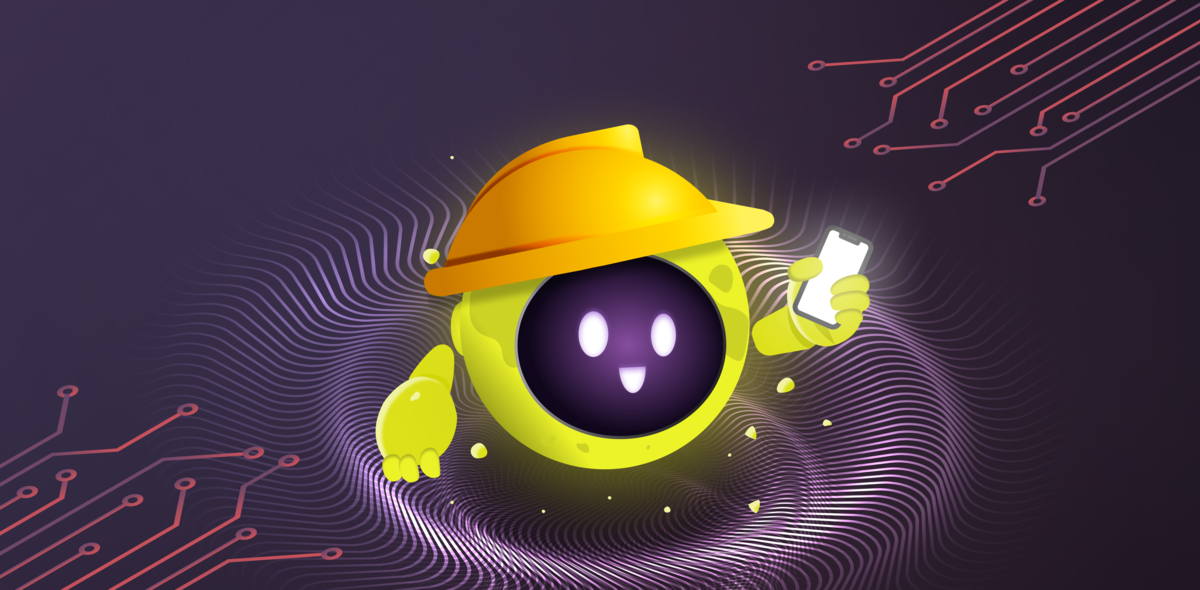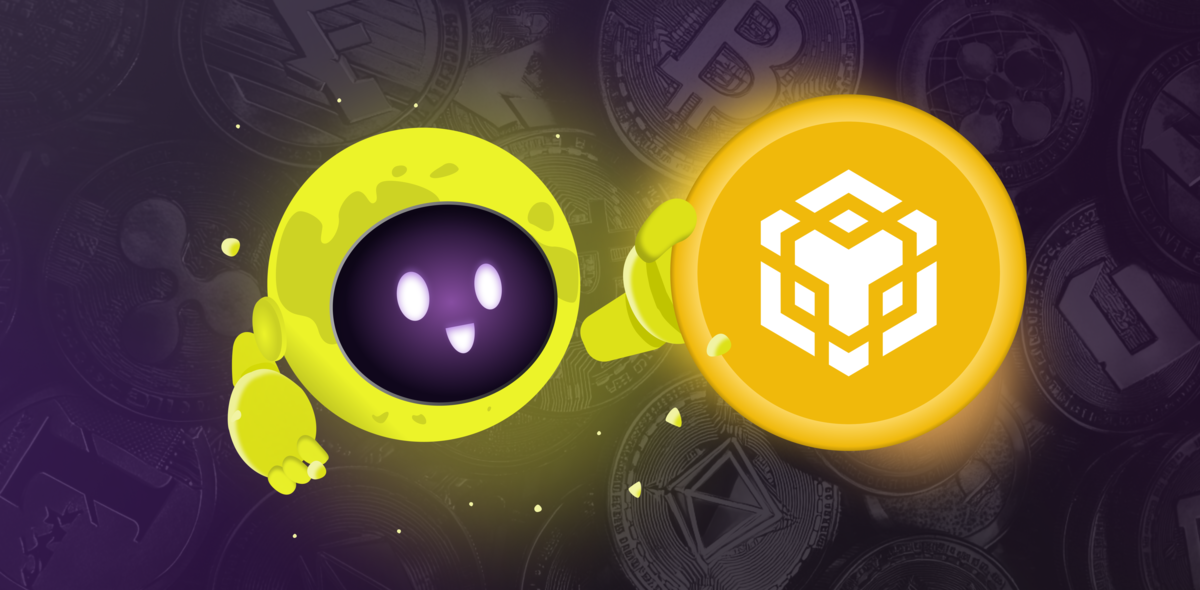
One of the major events in the crypto world is halving. It also seems to be a very awaited event, since it has proved to influence prices. So in this article we are going to talk more about various types of halvings, what halving means, and explore its influence on cryptocurrencies.
There are different types of cryptocurrencies. The most important feature when it comes to halving is mining, because this event concerns miners directly. So crypto halving is a process that occurs when the rewards that miners receive for processing transactions are cut in half. This process reduces the rate at which new cryptocurrencies are created and thus lowers the available amount of new coins.
Halving is important because it is meant not just to control the rate of new coins’ creation, but it also helps to curb inflation and maintain the value of the cryptocurrency. Without halving, the supply of certain cryptocurrencies could become inflated, potentially causing a decrease in their value.
The Concept of Halvings
Definition of Halving
As we established earlier, halving is an event in the crypto world when miners’ rewards are cut in half. It is necessary to keep the inflation rate at a certain level.
Halving plays an important role in such aspects as scarcity, supply, demand, price, etc.
The scarcity principle often leads to an increase in the price of Bitcoin after halving events. This happens because this principle is that a decrease in the supply of Bitcoin, combined with steady or increasing demand, leads to a higher equilibrium price. However, the connection between halvings, scarcity, supply, demand, and price is complex and can be influenced by a variety of factors, including market sentiment, investor speculation, and technological developments.
All cryptocurrencies that have halving mechanisms are based on the proof-of-work protocol, just like Bitcoin. The basic idea of the process itself is the same for any coin: miners' rewards are cut in half. What can differ is a halving cycle or a number of blocks that should be mined before the next halving. For instance, Bitcoin halving takes place every 210,000 blocks. For Litecoin it happens every 840,000 blocks. Another thing that can be different in each case is the impact that the halving has on the rest of the market.
Popular Cryptocurrencies with Halving Mechanisms
Litecoin (LTC)
Litecoin was launched in 2011 by former Google engineer, Charlie Lee. It was supposed to be a lighter version of Bitcoin and had great success as an altcoin. The main difference between LTC and BTC is the mining mechanism. While Bitcoin requires special equipment, LTC can be mined on any regular PC. However, just like Bitcoin, Litecoin uses a proof-of-work protocol, which means that miners have to solve mathematical problems to verify transactions.
During the halving miners lose 50% of their income, which is not perfect for enthusiasts, but helps to regulate tokenomics.
Halving events may have a very significant influence on the Litecoin network. The first halving happened in 2015, the reward went down from 50 LTC to 25 LTC. Before halving the price hit the $32 level, however later settled around $4.
The second halving occurred in 2019. The crucial thing here is to remember that between 2015 and 2019 year Litecoin went through major changes, and the price went over $250. Miners’ reward decreased to 12.5 LTC. After the second halving the price stabilized at $100.
The next halving is coming in August 2023. The crypto community is already debating about the possible outcome.
Bitcoin Cash (BCH)
Bitcoin Cash appeared in 2017 as a fork of Bitcoin. Like Bitcoin, BCH operates on the proof-of-work consensus. It also has a built-in halving mechanism. The event happens every 210,000 blocks or approximately every 4 years. The first halving occurred in 2020.
It seems that in the case of BCH, halving has a major impact on the hashrate. The first reason for this is the fact that with every halving, mining gets less profitable and some miners leave. During the halving in 2020 the hashrate was at its lowest. Even though it rose when the halving was over, it never got to the initial level.
Undoubtedly, the price also reacted. It fell tangibly right after the halving.
Zcash (ZEC)
Zcash is another Bitcoin fork, which appeared in 2019. So far ZEC went through only one halving in 2020. Since it was a part of a big upgrade, it turned out to be pretty unique for this type of cryptocurrency.
The first halving didn’t have any significant influence on the price. However, the annual inflation rate dropped to 12.5%.
Effects of Halvings on the Cryptocurrency Ecosystem
Market Response to Halvings
Since halving can have a serious impact on the crypto market, the event is usually anticipated a long time before it happens. At the moment we can witness this reaction in anticipation of the next Bitcoin halving in 2024. Some speculations about the possible price changes have already started. Bitcoin is the major crypto and anything that happens with it has its influence on the rest of the market. To set an example, during the BTC halving in 2020 investors started to look at Bitcoin as a hedge against inflation. Thus, it lead to an increased number of investors, including institutional investors.
Changes in Mining Profitability and Hash Rate
Basically, the group of people that’s most influenced by halvings is the mining community. It concerns them directly by reducing the rewards they get for the job. Usually, it leads to decreasing the number of miners since the whole process becomes much less profitable. But it can also result in the substitution of individual miners to institutional ones.
Another parameter that can react to halvings is hashrate, which refers to a combined computational power of a blockchain. Hashrate determines the strength of a particular blockchain. This rate is linked directly to the number of miners. The more miners there are, the higher the hashrate is, the stronger the network is.
Security
Another aspect that can be influenced by halving is network security. The level of security depends on the amount of nodes. Since miners feel the lack of profitability, they leave the network, and thus less people are left to maintain security.
Strategies for Investors and Miners Around Halvings
There are different strategies that can be applied during crypto halving. For example, some investors start to accumulate coins long before halving. Because the closer to the halving, the higher the demand can become. This can create a nice selling price.
Another strategy is to hold funds through the halving. Because it often leads to an increase in price after the event.
Future Developments in Cryptocurrency Halvings
Halving is an essential part of maintaining the inflation rate of a cryptocurrency. This mechanism will remain present until mining is required, until the very last coin is mined.
It is impossible to predict all the changes that may occur with every halving event, since there are too many factors that can influence the process. What is well-known at the moment is that the halving period is always accompanied by price fluctuations, a possible decrease in security and hashrate. Unfortunately, the experience of previous halvings can’t be representative to base our predictions for the future on them, because each event includes new factors.
Conclusion
All Bitcoin-like proof-of-work coins use halving instruments, which help them to stay deflationary. Each halving is a complicated event. There are a lot of factors that are able to influence the result of the process, including investors, especially institutional ones, governmental regulations, miners’ behavior, and general market trend. This is the reason why it is nearly impossible to predict how a halving would go. However, since the meaning of crypto halving is significant, this event definitely deserves a lot of attention from anyone involved in crypto.




